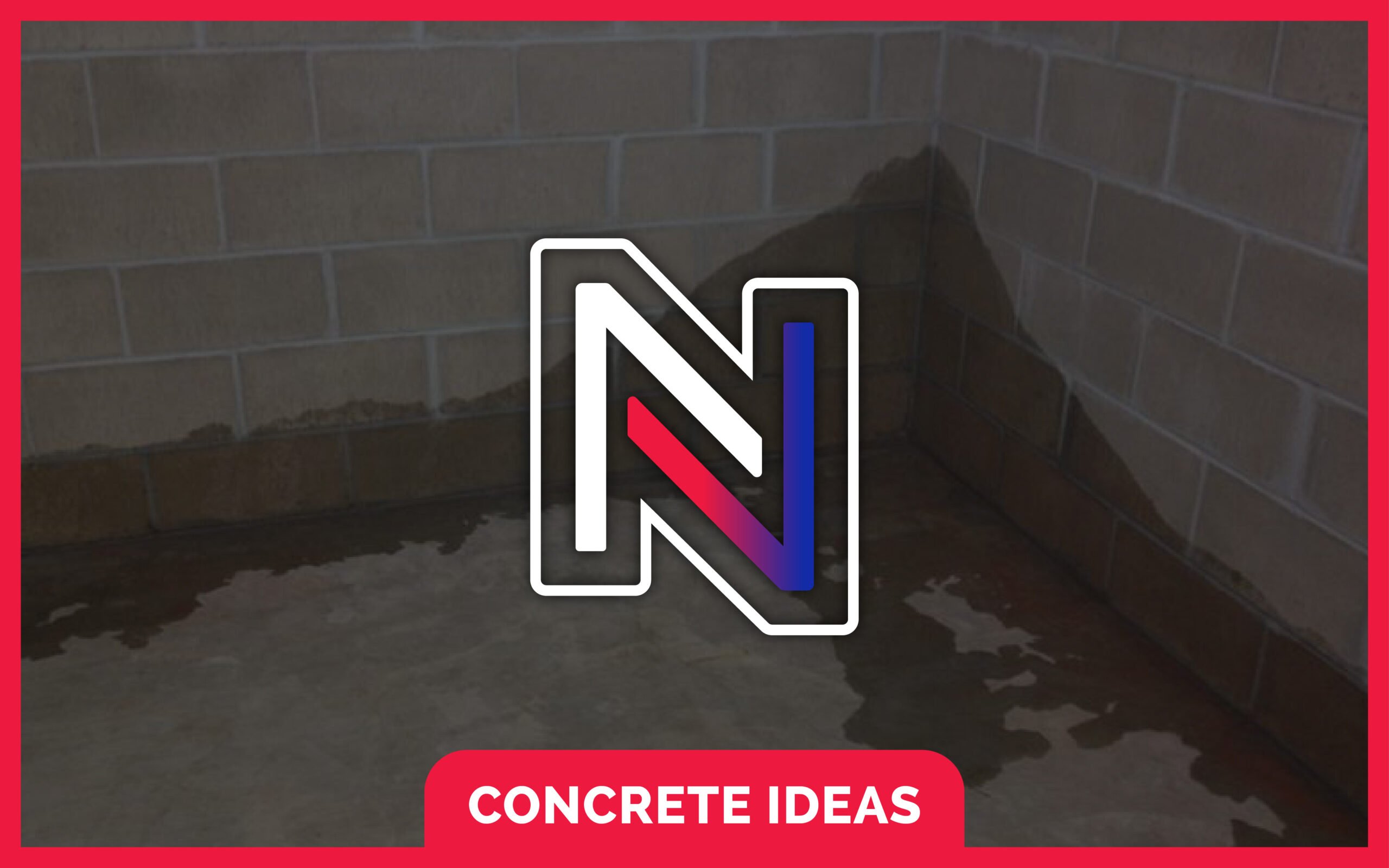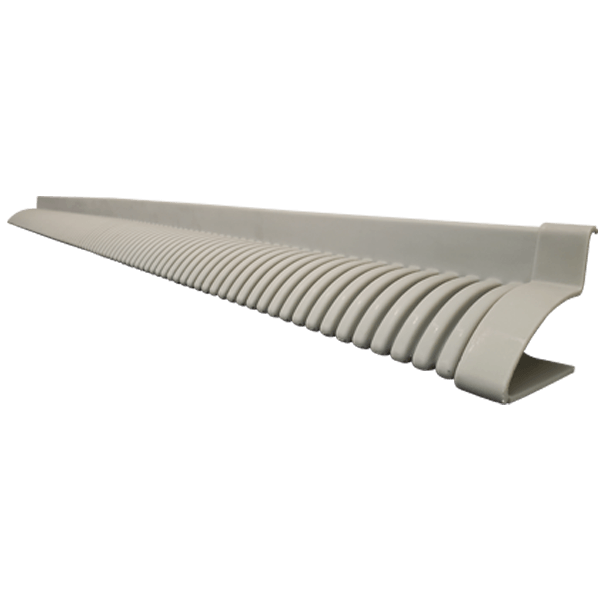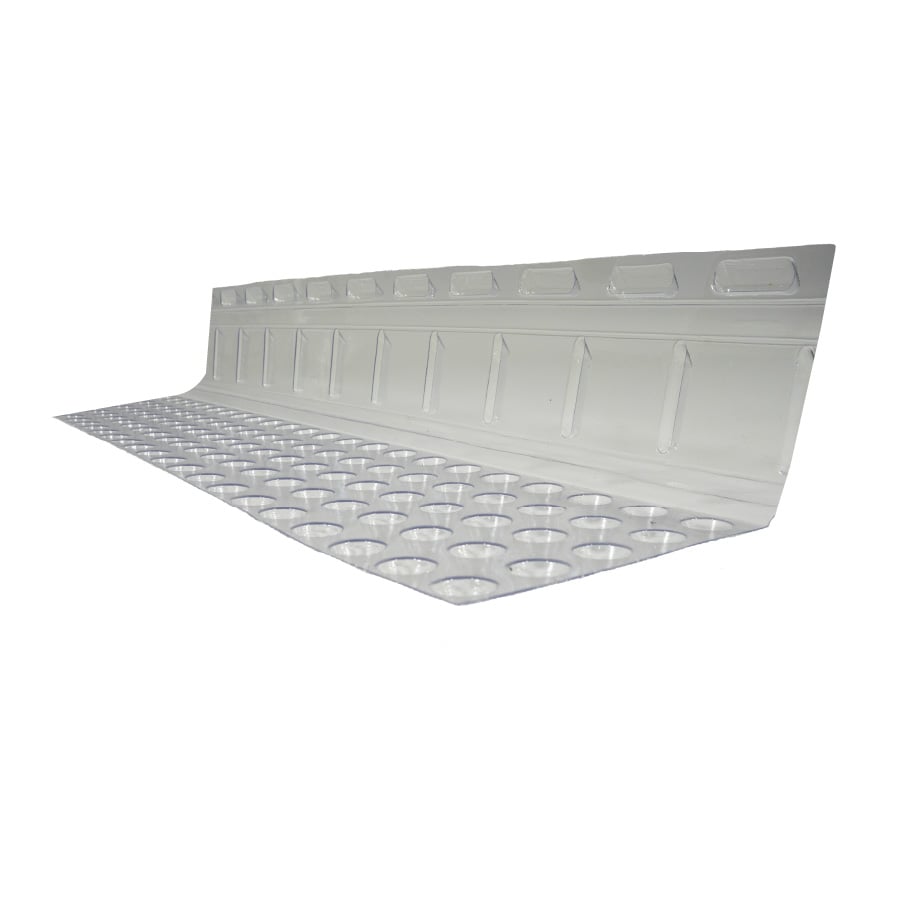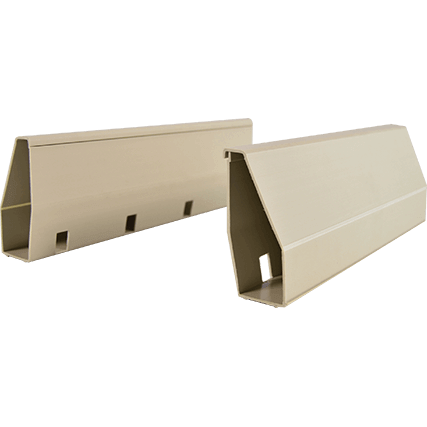When dealing with a leaky basement, it’s important to understand the cause, choose the right method to deal with the leak, and understand your options when it comes to solutions. In this blog, we’ll focus on interior basement waterproofing systems, but we’ll also briefly go over some of the other methods for addressing this common basement issue.
Understanding the Principles of Interior Basement Waterproofing
Interior basement waterproofing is designed to prevent water from penetrating the basement walls and floors. The primary objective is to manage and redirect water that seeps in, ensuring a dry and safe environment. This involves the installation of drainage systems, sump pumps, and vapor barriers to prevent water accumulation and damage.
Effective interior basement waterproofing requires a comprehensive understanding of water behavior, foundation structures, and appropriate materials. Contractors must be well-versed in identifying moisture sources and applying the right techniques to mitigate water intrusion. The goal is to create a robust barrier that withstands varying moisture levels and protects the basement over time.
Evaluating Interior Basement Waterproofing Products and Methods
Several methods are available for interior basement waterproofing, each with its strengths and weaknesses. One popular method is the installation of drain tile systems, like the Guardian 2.0 Interior Waterproofing System and the WaterShield Drain Board System. These systems collect water at the wall/floor/footing joint and redirect it to a sump pump for removal. This method can be paired with the Geo Drain Tile for an efficient and effective way to move the water to the sump pump. Another system, though even less invasive, would be a baseboard drainage system, like the BaseGuard1 Waterproofing System. This system is specifically designed for monolithic concrete slabs with integrated footings and installs directly at the slab/wall joint.
Another common method is the application of waterproof coatings and sealants to the interior walls and floors. These materials create an impermeable barrier that prevents water infiltration. Contractors may also use vapor barriers to control humidity and prevent mold growth. Each method should be evaluated based on the specific needs of the project and the condition of the basement or crawlspace.
Key Factors to Consider When Selecting a System
When selecting an interior basement waterproofing system, several factors must be considered. These include the extent of water intrusion, the condition of the basement, the homeowner’s budget, and the long-term maintenance requirements. Contractors should also consider the installation complexity and the potential disruption to the homeowner’s daily life.
Cost is a significant factor, as some methods may require more labor and materials, impacting the overall budget. Additionally, the durability and reliability of the selected system are crucial to ensure long-lasting protection. Contractors should choose systems that offer a good balance of effectiveness, ease of installation, and cost-efficiency.
Common Challenges and How to Overcome Them
One of the common challenges in interior basement waterproofing is dealing with existing moisture and mold problems. Contractors must thoroughly clean and dry the area before installation to ensure the effectiveness of the waterproofing system. Another challenge is managing water flow and ensuring proper drainage, which requires precise installation and regular maintenance.
Overcoming these challenges involves thorough site assessment, using high-quality materials, and following industry best practices. Contractors should also educate homeowners on the importance of regular maintenance and inspections to keep the waterproofing system in optimal condition.
Expert Tips for Installation and Long-Term Maintenance
For successful installation, contractors should follow detailed guidelines and use the proper tools for interior waterproofing. It’s essential to ensure that all components, including sump pumps and drainage channels, are properly installed and sealed to prevent leaks and failures.





